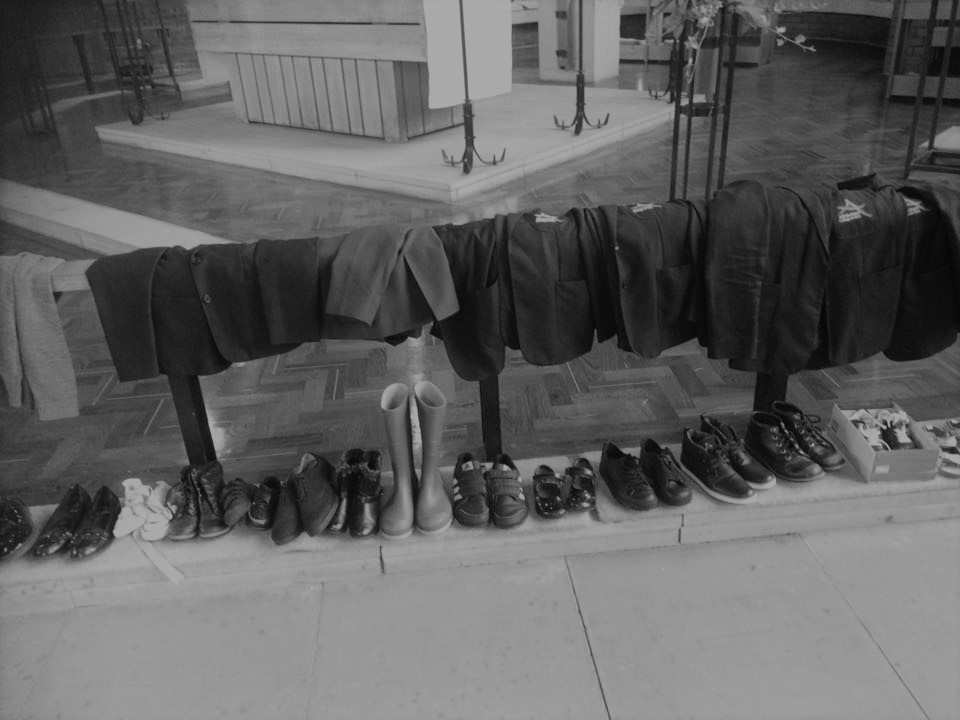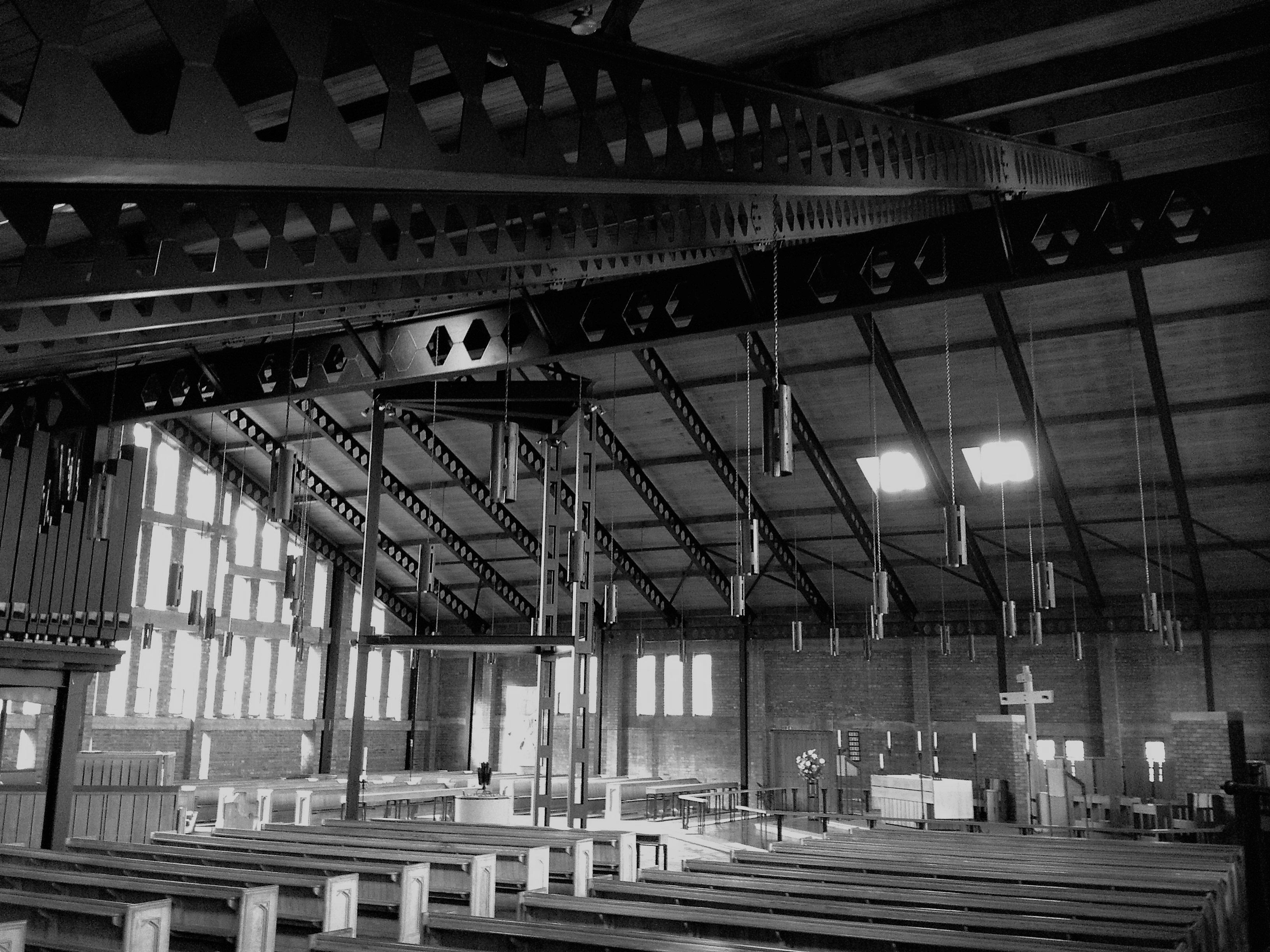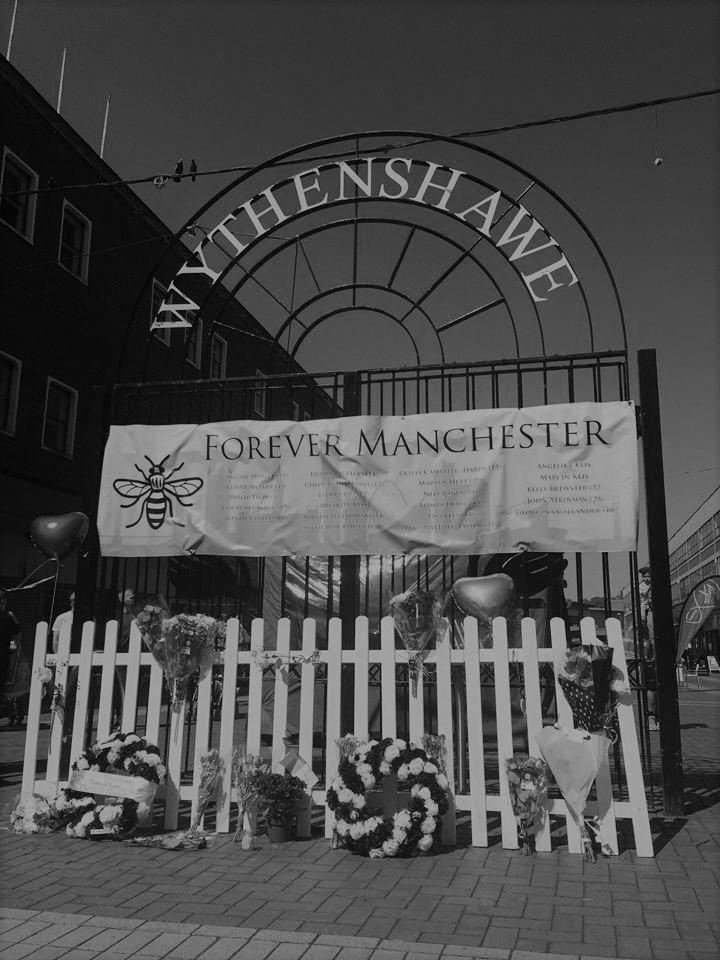Reverend Dr Stephen Edwards, Team Rector of Wythenshawe and Area Dean of Withington, wonders whether the division between sacred and secular has always been blurred.
“We’ve got two problems: we have no church hall and not enough storage space,” said one parishioner as I began my ministry at William Temple Church in Wythenshawe six years ago. The least of our difficulties in many ways. With four vestries I ignored the second problem, but I admit that the lack of church hall did at first seem to be an issue—if only to boost the struggling finances. As the years have passed I thank God we have no hall, and not simply because it is one less bind on time, administration and the endless discussions about bins, chairs and booking clashes. We have no hall, but we have an incredible, massive, statement building at the crossing of tram track, footpath and main road, right next to the shopping centre. And so, the usual add-ons of parish life all take place in the same space as the Eucharist, christenings, weddings and funerals.
For the past two years we’ve served free breakfasts each morning during school holidays. The toaster and cereals (now joined by healthier fruit options) are set up beneath the foundation stone and photo of William Temple given to us by his widow. Children eat, run around and make craft in the aisles and are, rightly, oblivious to the initially shocked faces of those who had not seen the church used for such things. The real moment of revelation for us as a church community came when the breakfast club was joined by the first school uniform swap. There being no alternative, communion rails became clothes rails. Shirts, ties, skirts, trousers and PE kit extended across the rails mimicking the communicants who kneel side by side in union with Christ and one another to receive life itself. The connections between sacred space, social need and community support came together in a place of love, with love, for Love.
As a garden city established in the 1930s, but mostly populated in the 1950s, Wythenshawe has little direct link with those who died in the world wars. There is no war memorial and so memories, thoughts and the increased public conscience surrounding Remembrance have no obvious focus. From no outdoor service of remembrance four years ago we have grown a new act of witness in the shopping centre, which this year drew well over 200 people to a quiet stillness. Without a memorial or suitable focus point, we gathered, as in previous years, at the freshly erected Christmas tree. Earlier this year on the anniversary of the Manchester Arena attack, we also gathered in the shopping centre, and, vainly searching for a focus, we created a flowered, Manchester Bee-laden shrine at the shopping centre gates which are locked each night at 7pm. There may be no finesse in such odd foci, and no doubt there would be many an interesting reflection in musing on the symbolism of these physical backdrops to community grief, remembrance and commitment, but needs must, and solemnity and reverence can be created wherever people gather with intent and in love.
In these two examples it would be customary to employ juxtaposition as a device for making sense of the connection between spirituality and secularity, but not only is that word unhelpful in a community like this, it also, I believe, misses the point. In a church without a hall we have become used to blurring the division between the sacred and secular within our building, and so I believe it is good to do so outside too. We may end up with a new memorial or focus in the shopping centre, but for now we have what we have, we see what we see. And we see that it is good. A few weeks ago, I was invited to speak to an estates ministry conference and given the title ‘discovering the sacred’. As with many such talks I spent most of the hour rethinking the title, pulling it apart, and saying what I really wanted to say. Discovering the sacred suggests two things. Firstly, that we are active in reading sacredness into the situation—imbuing and imposing meaning as if we ourselves are the ones who can redeem something. And secondly, discovering the sacred most obviously implies that the sacred might not have already been apparent or even present, which of course it is. Whether through a recognition that the Holy Spirit is at work outside the Church, or from a deeply incarnational reading of our surroundings, it is clear that Christ’s presence in the world is total, and that presence ought to discover us rather more than we discover Christ.
There has been a long tradition of holding what we might think of as ‘secular’ events in our church buildings (markets in medieval times for example) and now, as we change our missional mode, we are starting to sacralise our community spaces. But when we do this we might do well to leave some of our usual churchy props in the many vestries of our churches and let the sacred discover us in the places where God and God’s people naturally meet. The ordinary places are already alive with an extraordinary God.
More blogs on religion and public life…
Remembering Utopia?
John Reader
Preaching truth to power
Hayley Matthews
Defining the Borders of our Island at the time of Brexit
Tim Howles
Religious Hate Crime: Language and Law
Brian Mountford
More blogs on religion and public life
- Faith and Voting: The UK general election 2024
by Matthew Barber-Rowell - Labour and Faith – Brave New Reset or Faith-Washing?
by Chris Baker - Lessons for an election year from the Bishop of Unity
by Ian Mayer - Food, hope and love: the local church in a time of crisis?
by Paul Monk - Radical hope in the midst of poverty in the city
by Grace Thomas



Discuss this